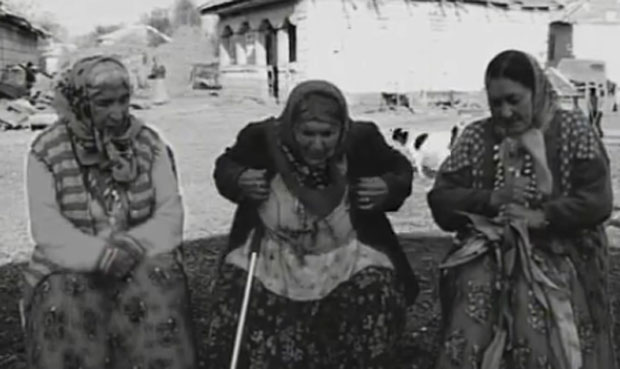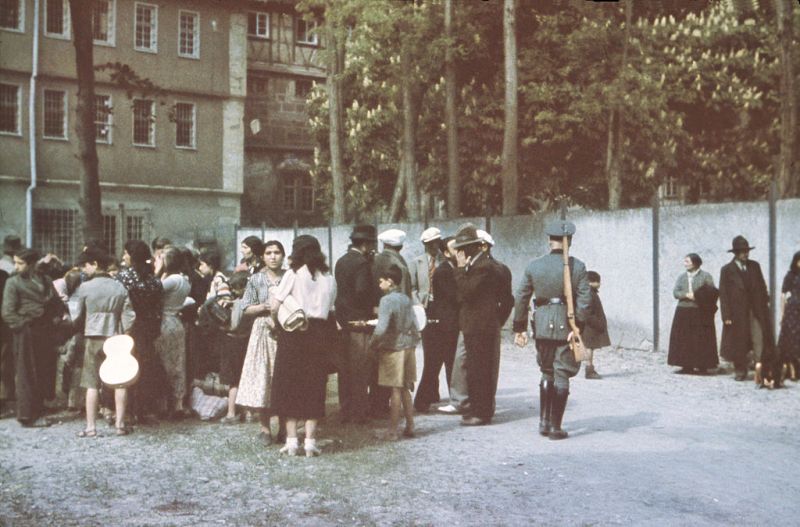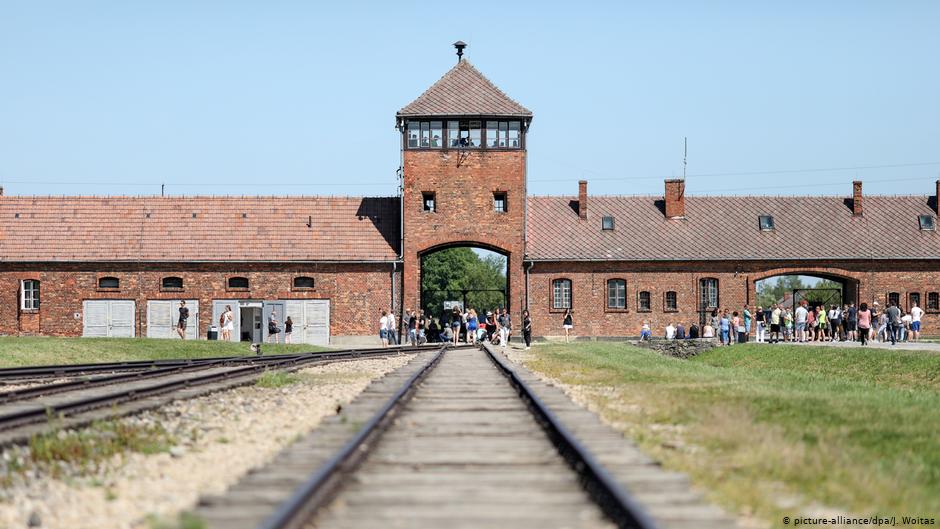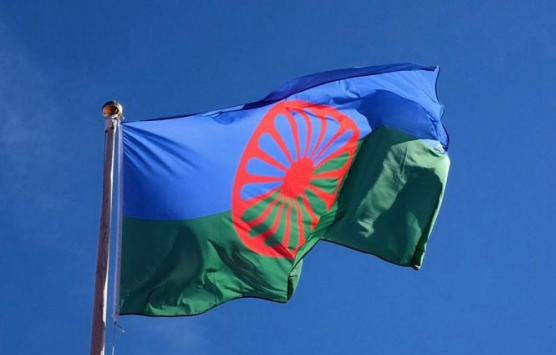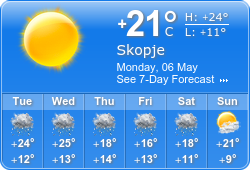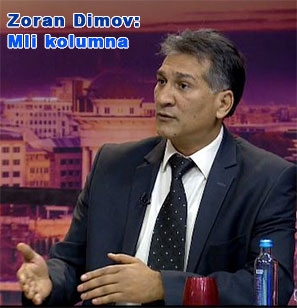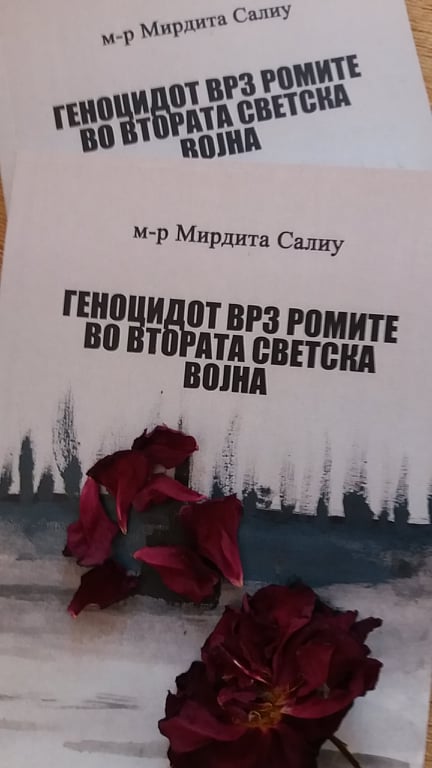
The Roma literature from today is enriched with a new scientific study entitled "The Genocide against the Roma in the Second World War".
MA Mirdita Saliu is the first author of such an important study on the genocide of Roma in Macedonia, and its value is of great importance because it is an author from the Roma community that leaves behind important work for the overall history of the Roma people.
The scientific study contains elements that span a certain period, which we can say are not only a continuation of discriminatory policies and practices against Roma in the past, but also the culmination of discrimination, which is genocide in World War II.
During this period the focus was on the extermination of the Roma, who were an obstacle to the development of Nazi society. To overcome the problem of Roma sociality and the danger of the Jews, the Nazis created and ordered the implementation of the plan for the "Final Solution to the Jewish Question" (Die Endlösung der Judenfrage), genocide, ie their extermination due to their imagined inferiority.
This area of interest is directly linked to the deprivation of basic human rights, such as the right to life and liberty, whose ultimate goal was the complete extermination of Roma and Jews.
This paper is expected to make a contribution to supplement the history of the Roma, especially in the area of the Holocaust and genocide in World War II, and to bring this issue to a suitable place in the scientific thought of our area.
This scientific paper coincides with the marking of the 75th anniversary of the genocide against the Roma. Recall that on April 15, 2015, the European Parliament adopted a Resolution proclaiming August 2 as a day of remembrance of the victims of the genocide against the Roma in World War II (1940-1945).
